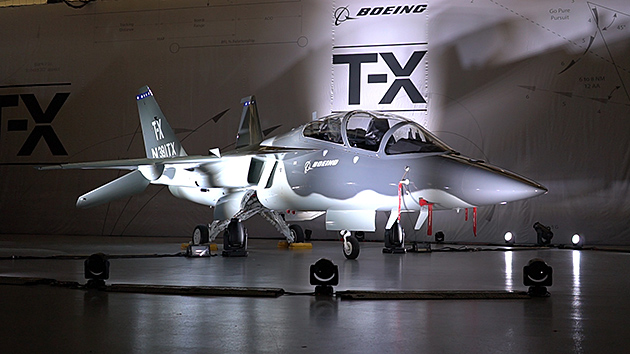Estimado Ozires,
Extraido de tu link
Punto uno: no lejos de lo que comente...te parece?
Ozimek said Boeing’s main interest was in Embraer’s engineering talent.
It also wanted to ensure as much cockpit commonality as was practical, to make it easy for pilots to migrate from Embraer to Boeing aircraft.
Acquiring Embraer would forestall it building a 737 competitor as well as address the competitive threat from Bombardier’s CSeries.
But the company hit a barrier: The Brazilian government wanted to retain control of this crown jewel of the country’s manufacturing, and especially to protect Embraer’s military aircraft division.
Punto dos:
The harsh lessons of the 787 Dreamliner program probably factor into Boeing’s position in those talks.
On the 787, Boeing partnered with major suppliers in Italy, Japan and the U.S., handing them engineering work and depending on them both to deliver their parts and over time to reduce the cost of those parts.
But those partners weren’t up to the production task, resulting in unprecedented delays and billions of dollars in cost overruns. And they preferred to reap the benefits of any gradual cost savings themselves, rather than passing them on to Boeing.
The result was a financial nightmare. Boeing was forced to buy out the partner plants in South Carolina. It will probably never recover all of its 787 investment.
“That was a solid lesson learned,” said Ozimek.
To avoid a repeat of that debacle, he said, Boeing is unlikely to be interested in having Embraer engineers help develop a new Boeing plane. They’d have to be Boeing engineers.
Que mi comprension lectora traduce como:
- Boeing no cooperara con Embraer en la construccion de ningun modelo made in Boeing
- Cualquier ingeniero que trabaje en proyectos Boeing sera ingeniero de Boeing (ya sean plantilla actual, o fichajes...de Embraer, de Bombardier, de Airbus, de Fadea...etc)
Por cierto, por comentarlo, las alas del Dreamliner se diseñaron in home, se externalizaron la fabricacion y suministro (que fue lo que se complico).
Y por cierto, son no buenas, lo siguiente...hasta el punto de que Boeing va a integrar los hints de diseño y manufactura en sus proximos aviones.
"Qué miedo me dais algunos, rediós. En serio. Cuánto más peligro tiene un imbécil que un malvado". Arturo Pérez-Reverte
















